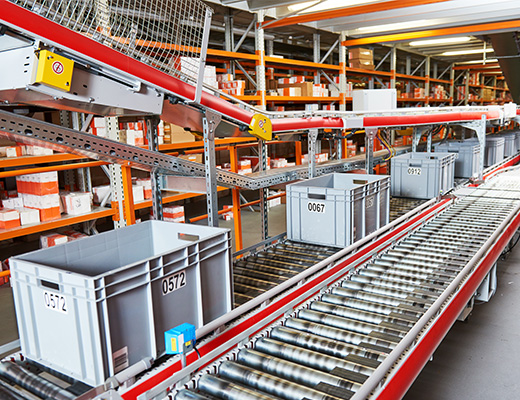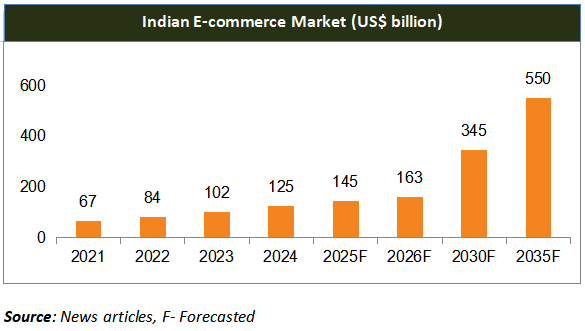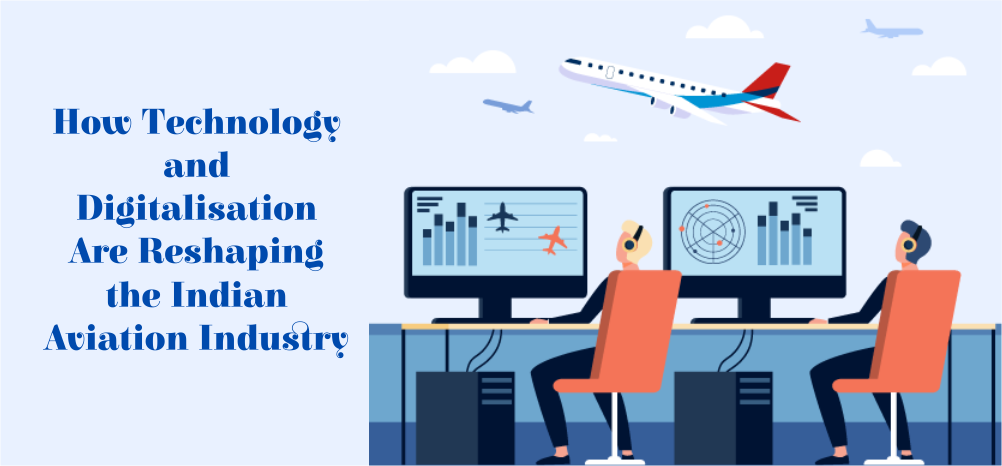Advantage India
Growing
Demand
*The Indian Beauty and Personal Care (BPC) market is experiencing rapid growth, projected to reach a GMV of Rs. 2,60,610 crore (US$ 30 billion) by CY27. This represents 5% of the global beauty industry. The market is expanding at an annual growth rate of around 10%, making it the fastest-growing BPC market among major economies.
*India’s e-retail sector is poised for strong long-term growth, with GMV projected to rise over 18% annually to reach Rs. 14.5 lakh crore (US$ 170 billion) by 2030.
*India's Business-to-Business (B2B) online marketplace would be a US$ 200 billion opportunity by 2030.
Attractive
Opportunities
*In FY25, India's e-commerce sector achieved a GMV of approximately Rs. 1.19 lakh crore (US$ 14 billion), reflecting a 12% YoY growth.
*In August 2025, Flipkart has created over 2.2 lakh seasonal jobs and plans 650 additional festive delivery hubs in tier II & III cities, complementing Amazon India’s 1.5 lakh festive hires, highlighting strong e-commerce employment growth ahead of the season.
*India’s e-commerce industry, valued at Rs. 10,82,875 crore (US$ 125 billion) in 2024, is projected to grow to Rs. 29,88,735 crore (US 345 billion) by 2030, reflecting a compound annual growth rate (CAGR) of 15%.
Policy
support
*100% FDI is allowed in B2B e-commerce & marketplace model of E-commerce.
*Government initiatives like the National Logistics Policy and Digital India are boosting e-commerce by improving connectivity, streamlining logistics, and expanding digital access. These efforts aim to support the creation of a trillion-dollar online economy by 2025
*The Union Budget 2025-26 backs MSMEs with increased investment limits, better credit support, and a Rs. 10,000 crore (US$ 1.17 billion) startup fund. It also promotes electronics manufacturing and Global Capability Centre in Tier 2 cities to strengthen e-commerce supply chains.
Increasing
Investments
*Amazon CEO Mr. Andy Jassy announced that the company is committed to invest US$ 26 billion in India by 2030, out of which US$ 11 billion has already been invested as of July 2025.
*In June 2025, Nestle India announced plans to invest Rs. 5,000 crore (US$ 585 million) in capacity expansion, new product lines, and sustainability across its factories.

Major Hubs for E-commerce
- Karnataka
- Delhi
- Maharashtra
- Tamil Nadu
- Andhra Pradesh

Industry Contacts
Posters
MORE
CLICKING THE CART
India's E-commerce industry is expected to reach US$ 99 billion in size by 2024
IBEF Campaigns
MORE
Aatmanirbhar Bharat Utsav 2024
Union Minister of External Affairs, Dr. S. Jaishankar and Union Commerce an...
Case Studies
MOREIBEF BLOG
MORENext-Gen GST: Powering India’s Investment and Demand Surge
India’s recent Goods and Services Tax (GST) overhaul is more than a s...
Transforming Spaces: The Growth and Opportunities in India’s Home Décor Industry
India’s home décor industry is evolving into one of the most d...
Self-Reliant India: Supporting Women and Young Entrepreneurs
The tale of India’s self-reliant vision today is one of ambition, inn...














